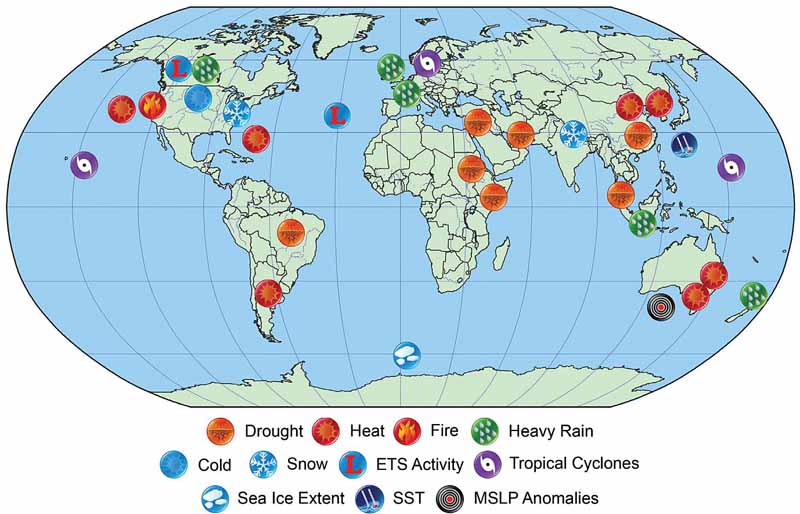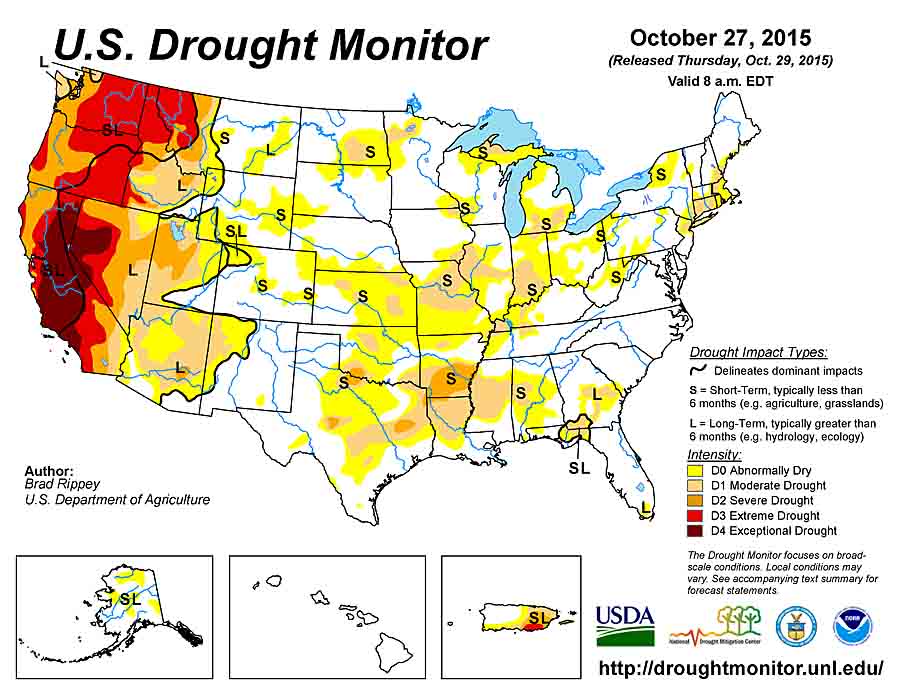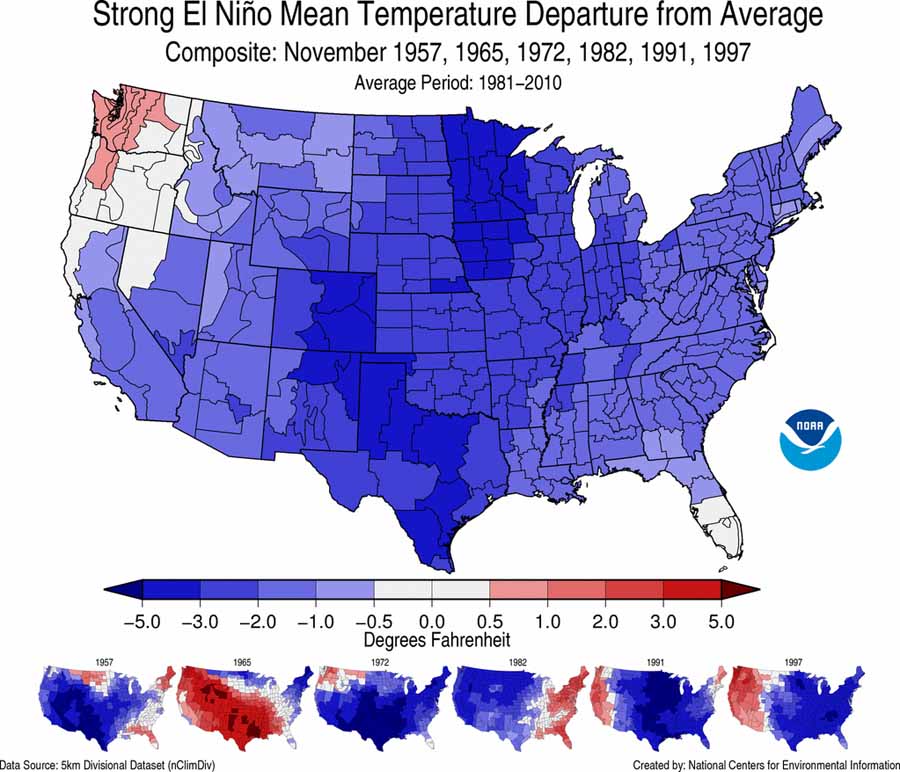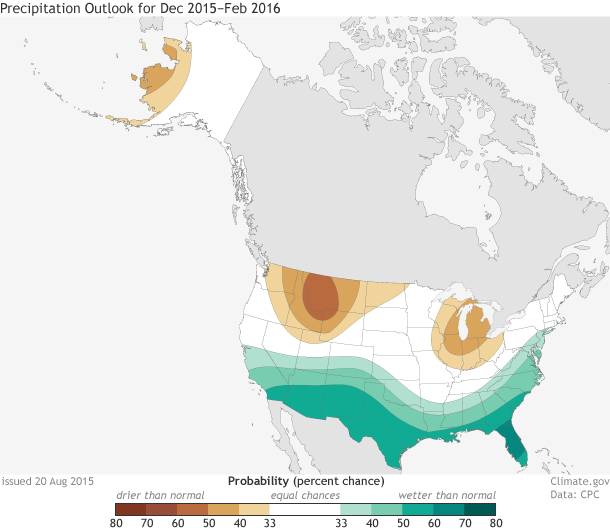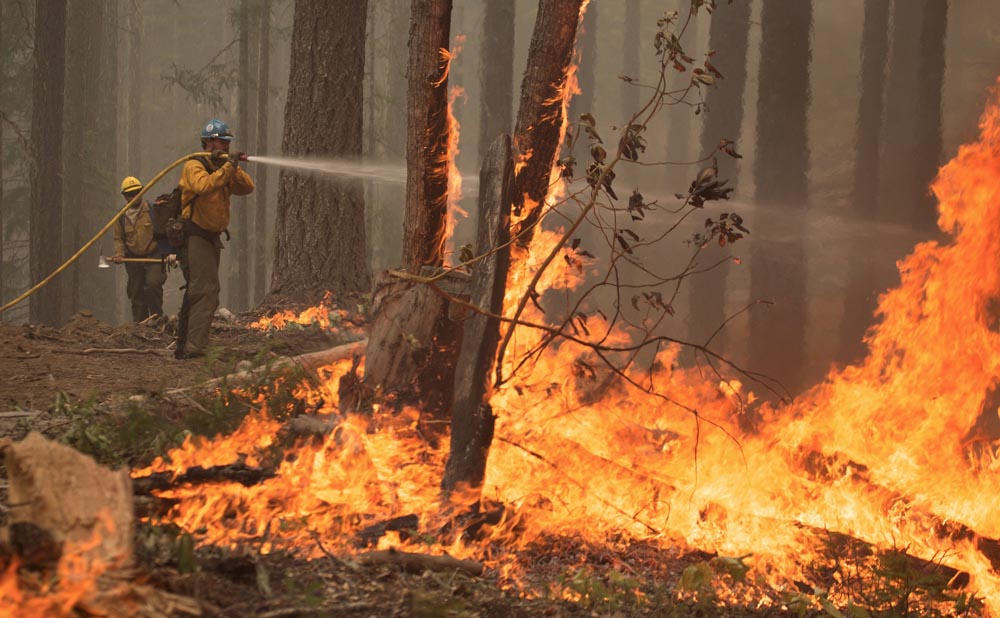
2014 was a busy year in California for wildland firefighters. Battles were fought over 555,044 acres of blackened ground in the state, which was the eighth largest number of acres burned in the last 28 years. So far in 2015, fires have covered 838,465 acres in California, which puts it fifth highest in 28 years. (Stats from Cal FIRE and the NIFC National Situation Report.)
We have always been dubious of linkages between one weather event and long term climate change. When a senator brings a snowball onto the Senate floor or a governor talks about this summer’s fires to prove their cases that climate change does or does not exist, both may be over stating their “evidence”.
However, I’m not a meteorologist or climate scientist. But some of them who are, took a stab at investigating the possible attribution of extreme weather-related events in 2014 to global climate change. In their report, Explaining Extreme Events of 2014 from a Climate Perspective, 33 different research groups explored the causes of 29 different events that occurred that year.
The first event in the report is titled, Extreme Fire Season in California: A Glimpse Into the Future. It is debatable if the 2014 fire season in California was “extreme”, since like we wrote earlier, it had the eighth largest number of acres burned in the last 28 years according to data from the land management agencies. The authors, Jin-Ho Yoon, S.-Y. Simon Wang, Robert R. Gillies, Lawrence Hipps, Ben Kravitz, and Philip J. Rasch, reported “thousands more fires than the five-year average” between January 1 and September 20.
We don’t put very much stock in numbers of fires, since a small spot that can be stomped out by a couple of firefighters counts just as much as a 300,000-acre conflagration. Total burned acres is much more meaningful. The area burned data that the scientists studied was derived from satellite observations, which can underestimate wildfire extent due to its limit in the minimum detectable burned area, timing of the satellite overflights, light fuels cooling before being detected, and obscuration by cloud cover.
The report also examined the Keetch-Byram Drought index, and determined that “in terms of the KBDI and the extreme fire risk, 2014 ranks first in the entire state”, but it was not clear what time period they were referring to (it may have been since 1979).
The authors fall short of attributing the “extreme” 2014 fire season in California to global climate change:
Our result, based on the CESM1 outputs, indicates that man-made global warming is likely one of the causes that will exacerbate the areal extent and frequency of extreme fire risk, though the influence of internal climate variability on the 2014 and the future fire season is difficult to ascertain.
